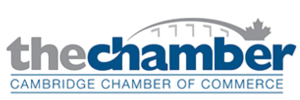Hi, Dave here from Starscape SEO. In the digital age, the demand for rapid content production and personalized marketing has led to the rise of Dynamic Creative Optimization (DCO) tools.
The concept of DCO is very much buzzed about over on Google as we speak, which you can see when you start to type it into Google. The presence of these keywords in Google’s auto-suggester means that people are asking a lot of questions about it.
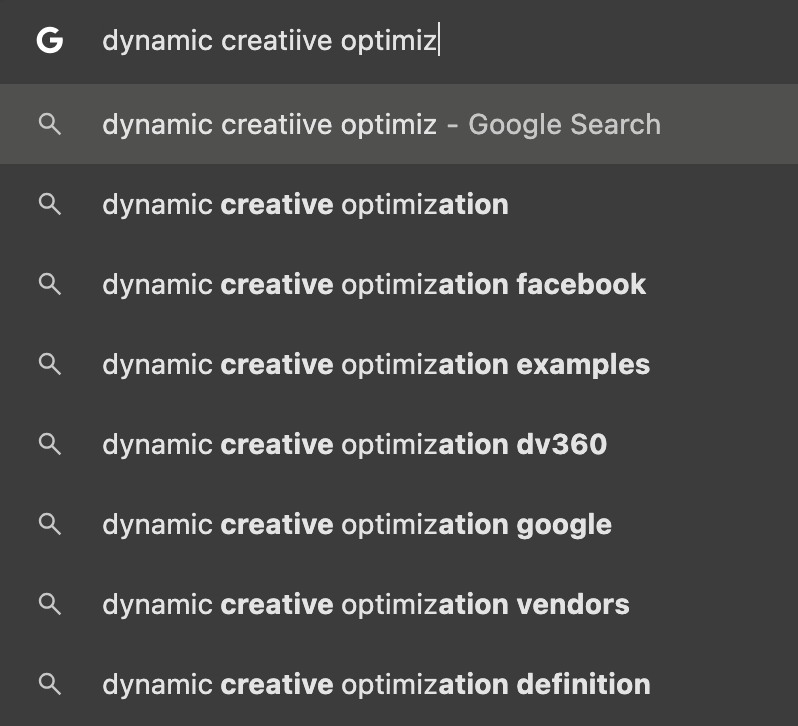
These DCO platforms, like Hunch, Smartly, and Celtra, offer automation capabilities that can significantly speed up workflows, streamline branding efforts, and enhance the efficiency of ad campaigns.
However, despite these advancements, the debate continues about whether DCO tools can truly replace the meticulous, human-driven approach to creative work.
In other words, human-driven content creation and marketing, like the kind of content management services for businesses we offer here at Starscape.
And it is a debate that must be had, as the goal of humans is not, presumably, to replace themselves completely with robots. We are not trying to activate Skynet, are we? ARE WE?
If yes, what then? Worse case scenario: humans go extinct. Best case: robots help us to craft the perfect content we seek, and are our eternal helpful assistants.
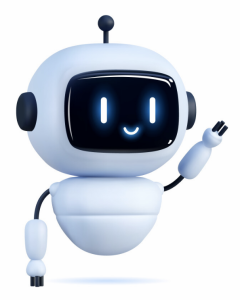
Let’s look at some of the pro’s of DCO tools.
The Speed and Efficiency of DCO Tools
On the bright side, one of the primary advantages of DCO tools is their ability to automate creative production, which is particularly valuable for businesses dealing with a high volume of products or services.
These platforms can generate personalized ads at scale, ensuring that each piece of content resonates with its intended audience.
For example, tools like Hunch and Smartly enable marketers to automate the launch and management of campaigns across multiple platforms, freeing up time for strategic planning rather than repetitive tasks.
Here is a light-hearted video that asks: What is a DCO?
DCO tools also integrate AI capabilities to enhance the creative process.
Indeed, DCO tools are great for some, but not all, businesses. Maybe they’re right for you, and maybe your business would not lend to this process. It really depends on many factors, and you will have to find out for yourself, ultimately.
At any rate, these tools do have their perks, such as utilizing AI for tasks like background removal or personalized ad creation, these platforms allow teams to focus on higher-level decision-making.
Moreover, performance tracking features enable real-time analysis of campaigns, providing actionable insights that can be used to optimize future efforts.
The Human Element in Creative Work
While DCO tools offer undeniable benefits in terms of speed and efficiency, they may fall short in delivering the nuanced, human touch that is often required for truly innovative creative work.
Consider the contributions of Susan Kare, the pioneering designer behind many of the original Macintosh icons.

Her work was not just about efficiency or scalability; it was about crafting designs that resonated with users on a deeply personal level.
Kare’s icons, like the iconic “Happy Mac,” were imbued with a sense of personality and care that could only come from a human being deeply engaged with the creative process.
If Kare had relied on a DCO tool, would her work have had the same impact? Could she have even made the content she made with such tools, or is she and her work a product of her time.
Many people would suggest that in this fast-paced, AI-driven world, there are less original things being created. We live in the age of the reboot, the rehash, and not everyone is a fan of everything being one big rehash. Or maybe it’s just us…

With DCO’s versus handmade, personalized work, we’re talking about the difference, metaphorically, between a high speed ultramodern train compared to a walk in the woods. Or, a hand-knitted sweater from your grandmother versus something shot out of a tube into another tube.
So yes, while software can generate and optimize content at increasing rates, it cannot replicate the level of attention to detail and emotional connection that a human designer brings to the table.
The subtlety of expression, the intuitive understanding of what will resonate with an audience—these are qualities that are inherently human and cannot be fully automated.
None of the great artists of history made their work based off of AI algorithms, but most of them weren’t rabid capitalists, like many cutthroat businesses of today. Could the Sistine Chapel itself, or the Michelangelo painting on its ceiling, have been conceived and executed by AI-modelling?
Van Gogh, master painting who was never rich or famous in his lifetime, was just a mentally ill man in an asylum painting flowers out in the field, while Coke is a fizzy beverage produced by machines and multinationals.
Just imagine if he could see how commercially successful he would have been after he died…oh wait, what’s this? (credit to: Dr. Who)
Striking a Balance: Leveraging DCO While Honoring Creativity
The key to maximizing the benefits of DCO tools lies in finding a balance between automation and human creativity.
DCO platforms can handle the heavy lifting of content production and campaign management, allowing creative professionals to focus on the aspects of their work that require a personal touch.
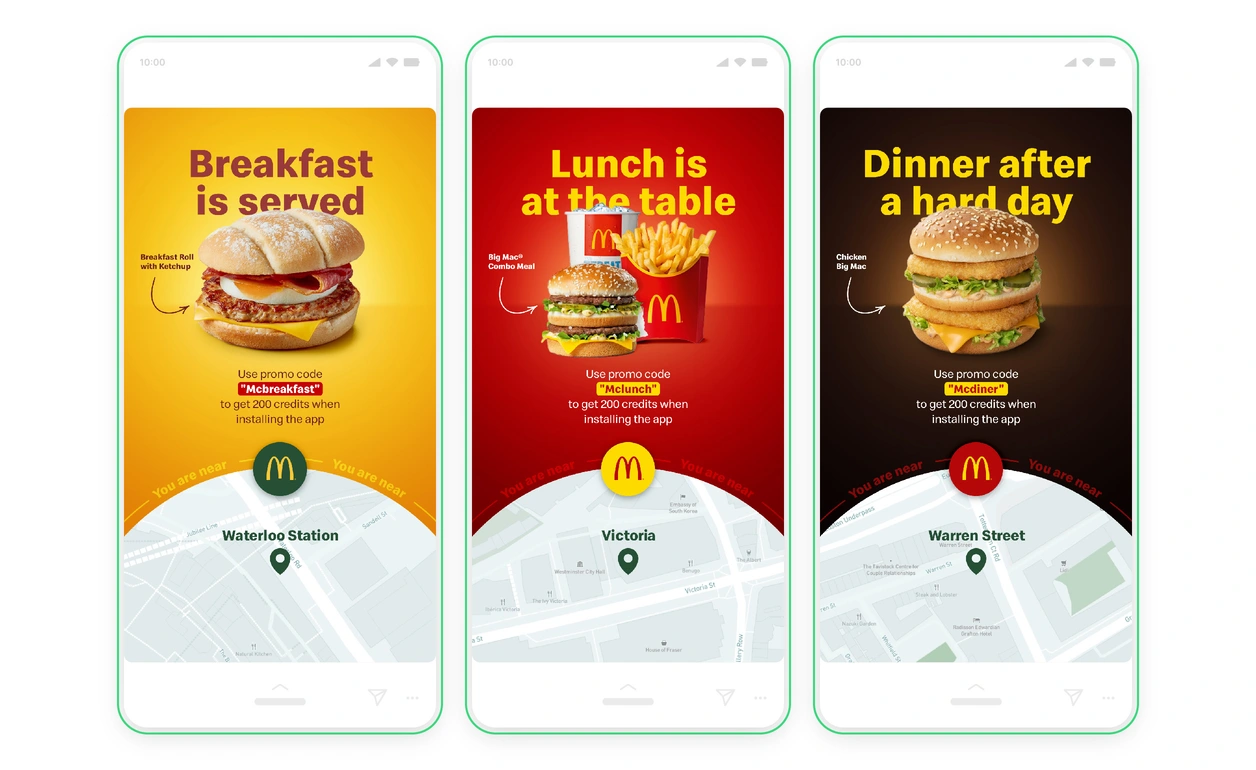
By leveraging the strengths of both approaches, businesses can create campaigns that are not only efficient and scalable but also deeply engaging and memorable.
In conclusion, while DCO tools have transformed the way we approach marketing and branding, they should not be viewed as a replacement for human creativity.
Instead, they should be seen as powerful allies that can enhance the creative process, enabling designers and marketers to achieve greater heights by focusing on what they do best: crafting content that speaks to the heart of the audience.
This hybrid approach ensures that the efficiency of automation is complemented by the emotional intelligence and creativity of human professionals, leading to more successful and impactful campaigns.
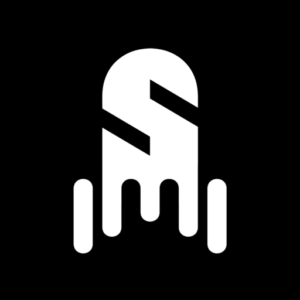
Call or Text Starscape SEO: (519) 208-8680
